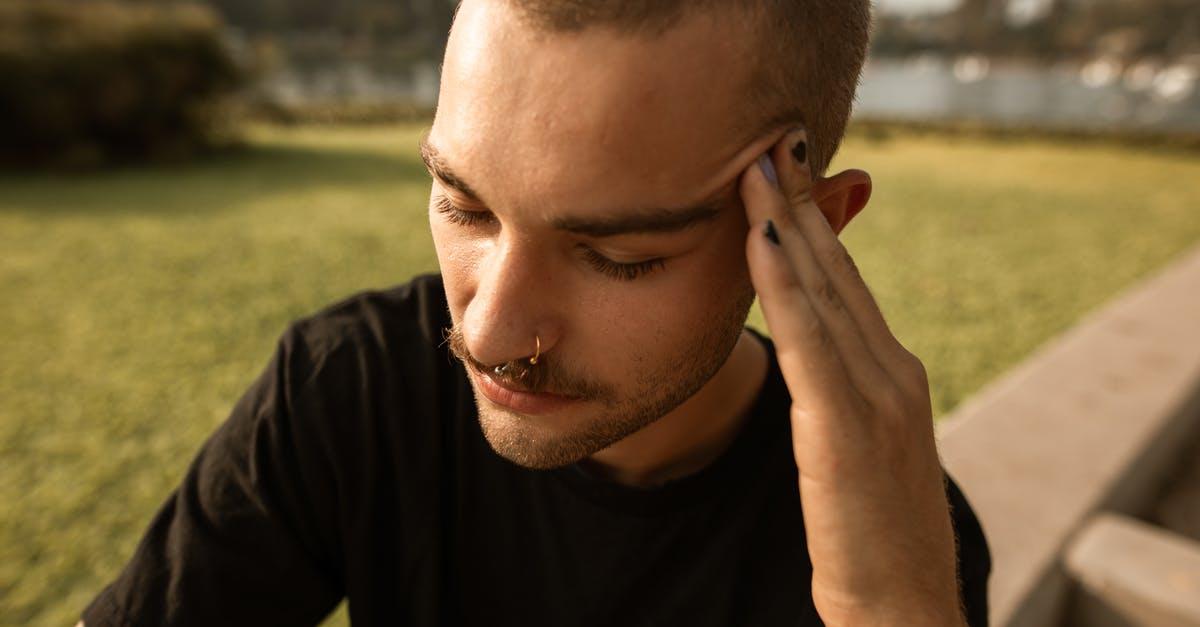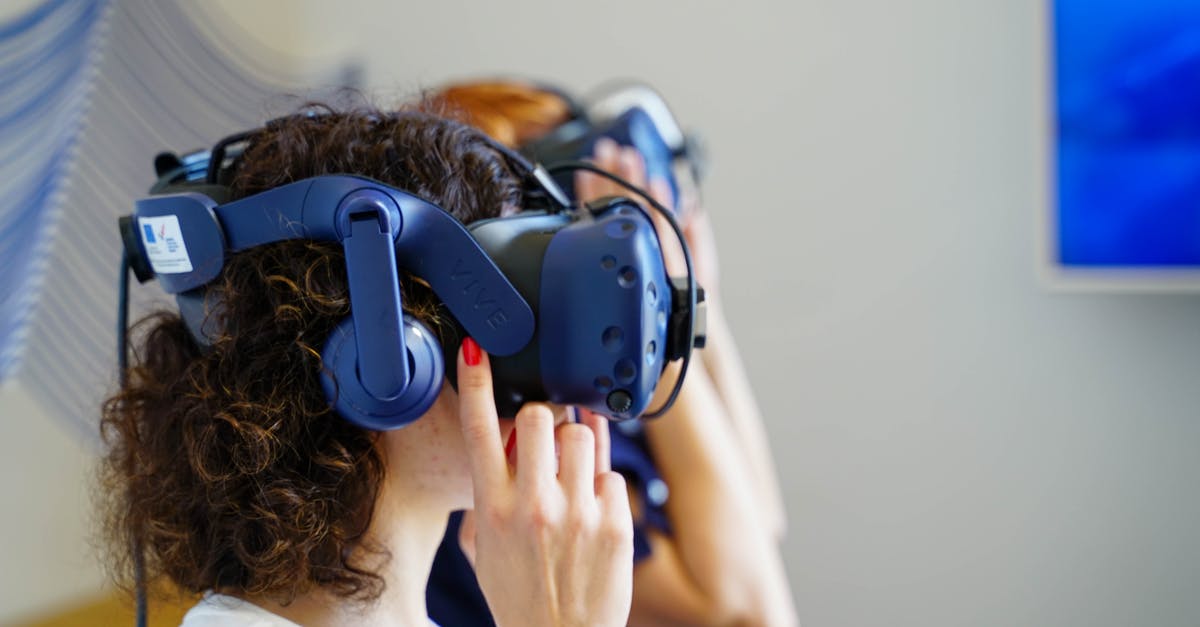Dealing with nodding or shaking of head confusion

I have recently discovered the hard way that nodding of the head for yes, shaking of the head for no is not quite as universal as I had originally thought. Sometimes, it seems, that shaking the head can actually mean yes.
So, first part of the question - is there any easy way for me to find out in advance if I am likely to be visiting somewhere where a shake of the head may not mean what I expect?
Part two, for when I am in such a region - what techniques can I use to ensure that I've understood a nod or shake of the head, especially when dealing with someone where there's a language gap. (For example, a taxi driver who speaks only some English, and with a heavy accent, who may or may not have understood my destination)
Best Answer
Wikipedia lists only a few countries where nodding and shaking are reversed: Greece, Macedonia, Bulgaria and Albania. As a Bulgarian, I can tell you it can be quite confusing for foreigners: I've been living abroad for the last seven years or so, and in the beginning I caught a few puzzled looks when nodding or shaking: my mouth says one thing, but my head apparently another. It didn't take me long to switch to the "correct" way, but when I go back home, I'm sometimes perplexed myself when seeing somebody say one thing and shake/nod in opposition.
Speaking of how to recognize which is which: at least in Bulgaria, there are a few subtle differences which might give you a clue:
- Nodding meaning "No" starts with head going downwards first, while normally one does the reverse. Nodding is also commonly accompanied by slight pouting.
- In shaking meaning "Yes" the head doesn't go left-and-right only, but there's also a tilting motion to the side, i.e. the symmetry plane of the head is tilts with respect to the body, so that the head moves in a somewhat horizontal figure-8 trajectory. This kind of shaking is also more tentative than what one would do for a no-shake.
Generally people would subconsciously understand your nodding and shaking done the "correct" way without a fuss, but you might have problems understanding what they mean by their noggin motions.
Some finger gestures might be helpful (check first which ones are offensive in a given country, you might be surprised). In Bulgaria, thumbs-up for yes and shaking finger (or vigorously shaking head) for no should be fairly unambiguous.
Pictures about "Dealing with nodding or shaking of head confusion"



What can cause involuntary head nodding?
Involuntary head movements are often referred to as: tremors....The common types of movement disorders that affect the head, neck, and face include:- Cervical dystonia. ...
- Essential tremor. ...
- Huntington's disease. ...
- Multiple system atrophy. ...
- Myoclonus. ...
- Parkinson's disease. ...
- Tardive dyskinesia. ...
- Tourette syndrome.
How do you control head tremors?
To control head tremor, turn your head to the side. To reduce tremors when you're using your hands, hold your elbows close to your body. When you apply makeup, rest your elbows on a table or countertop. Use salon services for manicures and eyebrow care.What does shaking head indicate?
In many cultures, it is most commonly, but not universally, used to indicate disagreement, denial, or rejection. It can also signify disapproval or upset at a situation, often with slower movement.One Simple Trick for Head Tremor
More answers regarding dealing with nodding or shaking of head confusion
Answer 2
I believe that “thumb up” and “thumb down” works in most of the world. At least with people that have an incentive to understand you as you are spending money.
Sources: Stack Exchange - This article follows the attribution requirements of Stack Exchange and is licensed under CC BY-SA 3.0.
Images: Mental Health America (MHA), Marisa Fahrner, Vladimir Srajber, ROMAN ODINTSOV
